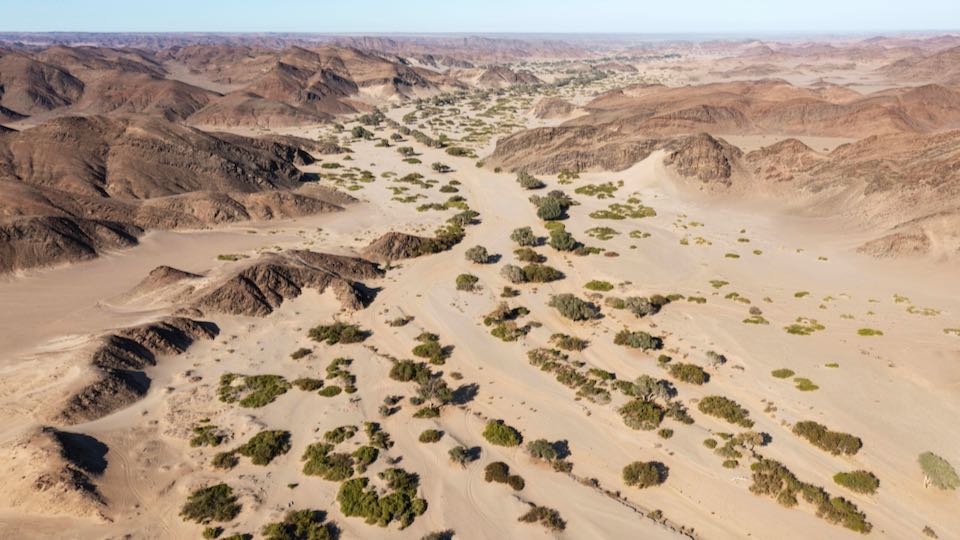WMO Report: Rivers worldwide were at their lowest level in 2021

Last year, rivers in large regions of the world carried less water than the long-term average. This was reported by the World Meteorological Organization (WMO) on Tuesday in its first report on the world’s freshwater reserves. It speaks of a negative trend. In 2021, large parts of the world had experienced drier periods than the long-term average, it said.
The WMO had studied river flow to, among other things, “assess the effects of climate change […] on the Earth’s water resources,” the UN agency said. The report provides an overview of river flow, as well as major floods and droughts.
Rainfall patterns have been affected by climate change and the La Niña weather event, it said. In 2021, the regions with below-average streamflow were twice as large as the regions with above-average streamflow. The comparative measure for each area is the average of the past 30 years.
“The impacts of climate change are often felt through water – more intense and frequent droughts, more extreme flooding, more erratic seasonal rainfall and accelerated melting of glaciers – with cascading effects on economies, ecosystems and all aspects of our daily lives,” said WMO Secretary-General Petteri Taalas. There is still too little information on the quality, quantity, and distribution of freshwater reserves. However, this information is important for adaptation to climate change, he said.
One third of regions at average
Some regions in southeastern South America and the southern United States experienced below-average discharge, as did the Niger, Volta, Nile and Congo rivers in Africa, and regions in eastern Russia and Central Asia.
More water flowed in the north of the North American continent and in China on the Amur River, among others. In about one-third of the regions surveyed worldwide, streamflow was about the same as the 30-year average.
Major floods with numerous fatalities occurred in China, northern India, Western Europe and countries affected by tropical cyclones such as Mozambique, the Philippines, and Indonesia, among others. Otherwise, no major deviations from the average are indicated for Europe in 2021.
The WMO also examined terrestrial water reservoirs, that is, water reserves on land and in the ground. Compared to the 2002-2020 average, the trend was negative in many regions of the world, for example, the São Francisco River in Brazil, Patagonia, the southwestern United States, and the headwaters of the Ganges and Indus rivers in the Indian subcontinent. Some of these hotspots are exacerbated by excessive extraction of groundwater for irrigation, he said.
Tending to have more water, according to WMO, are the Great Lakes region in the northern United States, the East African Rift Valley and the Niger Basin in Africa, and the North Amazon region. However, overall, the negative trends predominate.
Focus of climate conference
Currently, 3.6 billion people have inadequate access to drinking water (in German) for at least one month a year. The WMO expects that number to rise to more than 5 billion by 2050. For the years 2001 to 2018, UN-Water reported that 74 percent of all natural disasters were water-related.
The topic of water had also been on the agenda at the UN Climate Change Conference COP27 (in German), which ended two weeks ago. Participants called on governments to integrate water more fully into climate change adaptation efforts. For the first time, water was mentioned in a COP outcome document because of its critical importance.
The data now released on the state of global water resources will help guide investments in climate adaptation. A UN campaign is using it to build early warning systems against floods and droughts over the next five years, he said. (dpa / hcz)